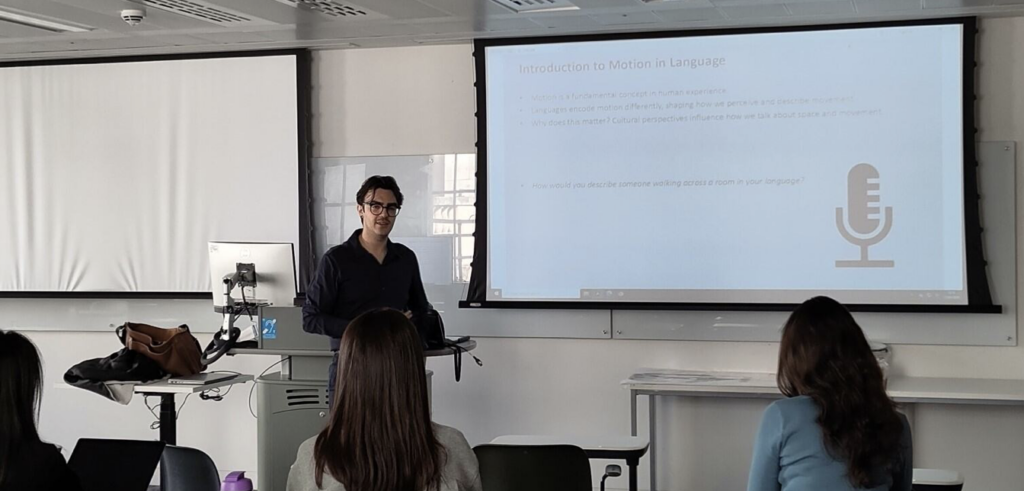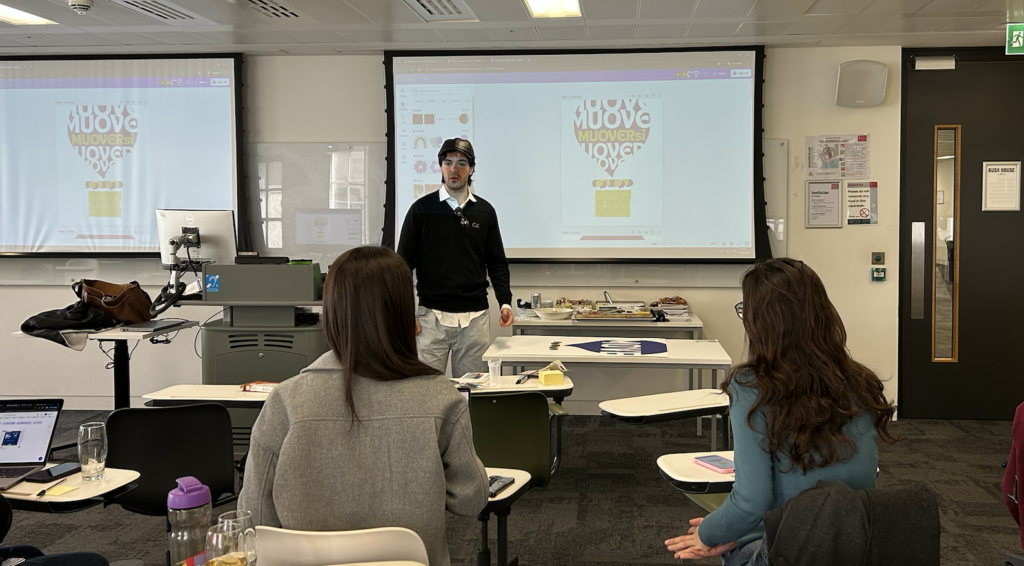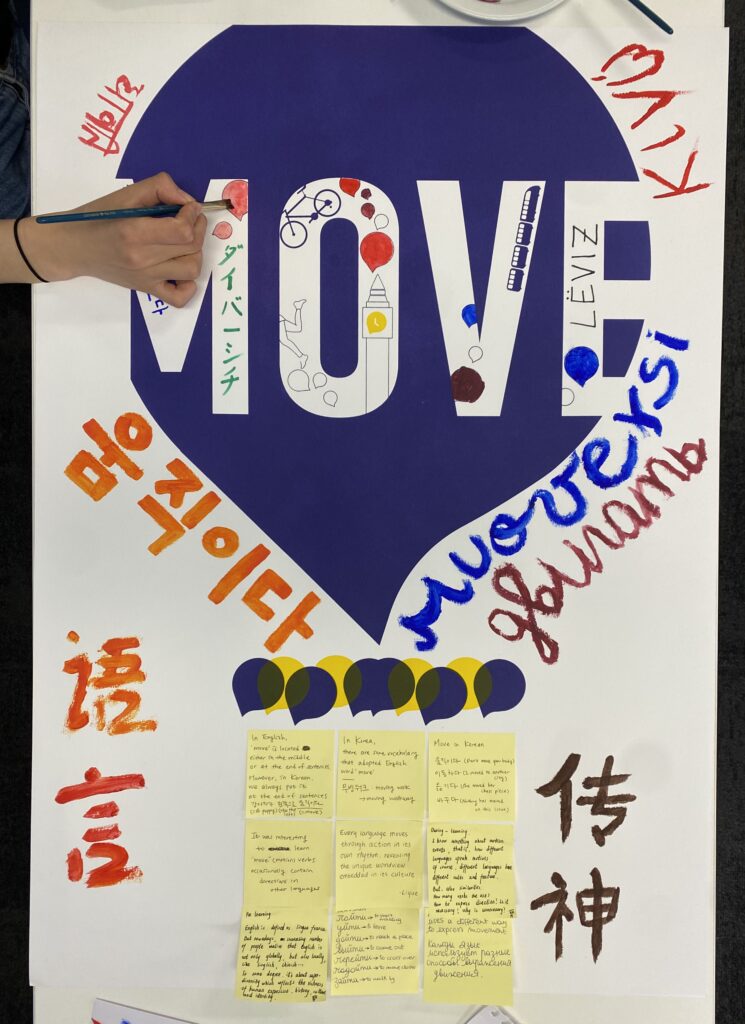15-16 January 2026, King’s College London (Strand Campus)
Official website with the full call for abstracts here.
We invite submissions for the conference Quantitative Diachronic Linguistics and Cultural Analytics: Data-Driven Insights into Language and Cultural Change, to be held at King’s College London (Strand Campus, WC2R 2LS) on 15–16 January 2026. This is an in-person event.
The conference is funded by the London Arts & Humanities Partnership.
Language is in constant flux, shaped by social, cultural, and cognitive forces over time. With the increasing availability of large-scale textual data and computational tools, researchers are now better equipped than ever to uncover patterns and mechanisms of language change. This two-day conference explores the intersection of quantitative diachronic linguistics and cultural analytics, providing a platform for researchers working with computational and data-driven methods to investigate how language evolves and how these changes relate – directly or broadly – to cultural dynamics. We welcome contributions that engage with any aspect of historical linguistics and diachronic language analysis, provided they incorporate quantitative approaches and offer insights into the interplay between linguistic and cultural change.
Confirmed keynote speakers are Dr Barbara McGillivray (King’s College London) and Prof Erich Round(University of Surrey), who will offer complementary perspectives on quantitative methods on different languages.
Submission Guidelines
- We invite submissions for 20-minute presentations, followed by 10 minutes of discussion.
- Abstracts should be a maximum of 400 words (excluding references) and must include the name(s) and affiliation(s) of the author(s).
- Please submit your abstract as a .docx file via email to: quantitative.diachronic.ling@gmail.com. Use the following subject line: “ABSTRACT Quantitative Diachronic Linguistics”
Deadline: 25 September 2025, 23:59 BST
Suggested Topics (non-exhaustive list)
Submissions may include (but are not limited to) the following areas, with no restrictions on language(s) or historical periods:
- Quantitative studies of language change across time
- Corpus-based analyses of language evolution
- Computational modelling of diachronic syntax, semantics, morphology, etc.
- Cross-linguistic comparisons using large-scale data
- Language change in connection with historical, literary, or cultural trends
- Digital methods for exploring linguistic and cultural shifts
- Applications of cultural analytics to linguistic data
Important Dates
- 25 September 2025: Abstract Submission Deadline
- 31 October 2025: Notification of Acceptance (after peer review)
- 15–16 January 2026: Conference Dates
For any inquiries, please contact the organisers, Andrea Farina (andrea.farina@kcl.ac.uk) or Caitlin Wilson (caitlin.e.wilson@kcl.ac.uk).






